Germany’s Leopard 2 Main Battle Tank
April 13th, 2024
9 minute read
In June 2023, the Kremlin wasted no time in proclaiming that its forces had successfully destroyed a German-made Leopard 2 main battle tank (MBT) — one of the first Western tanks supplied to Ukraine. The tank fell victim to Russian artillery outside the town of Novopokrovka, located 35 miles southeast of Zaporizhzhia city in southern Ukraine.
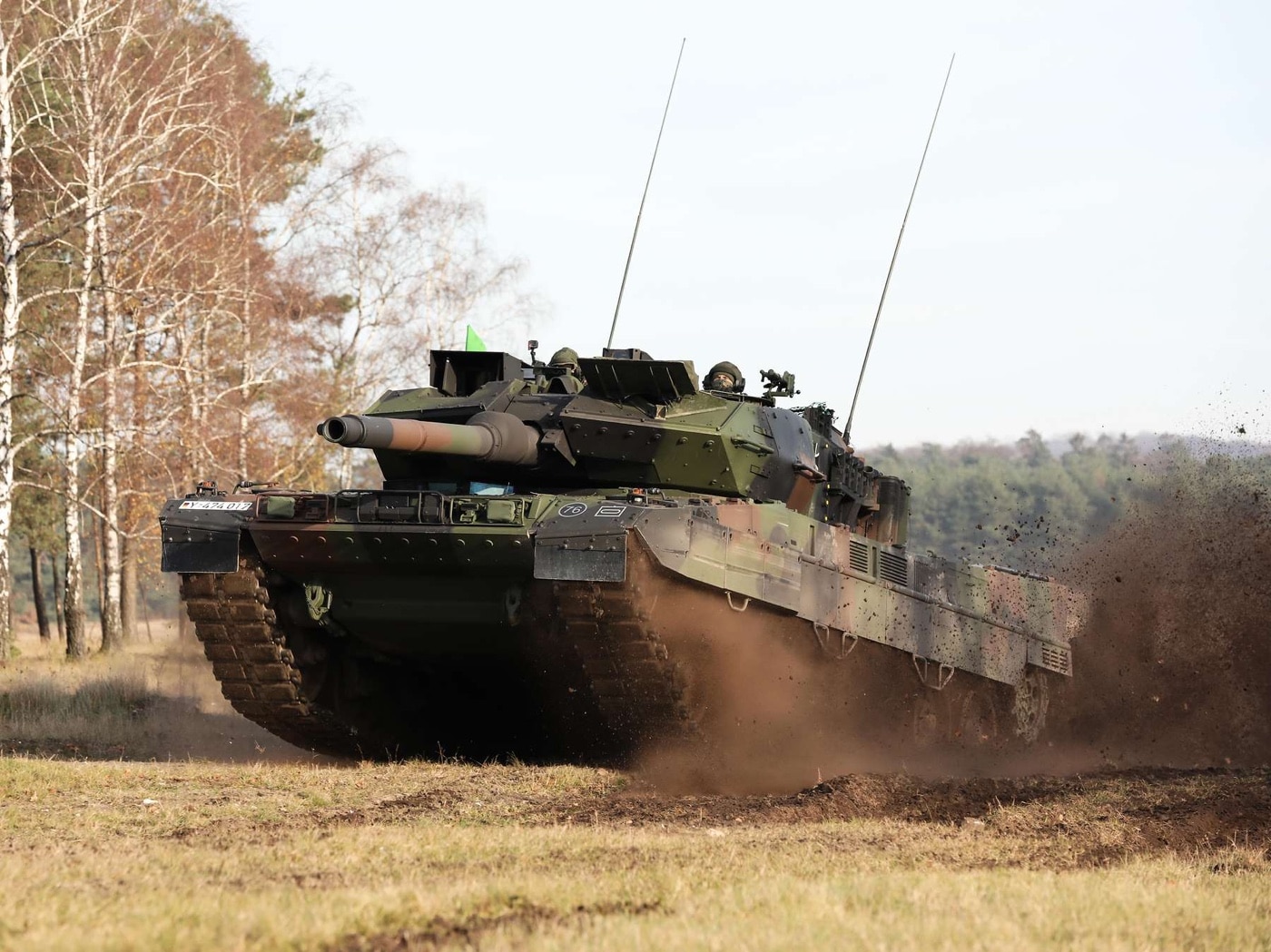
The loss of one tank in wartime isn’t usually significant, but the Leopard 2 was likely overhyped to the point that it could never live up to expectations. More importantly, it was one of the Western-made platforms that were expected to help Ukraine in its long-anticipated offensive. By the end of 2023, Kyiv’s forces had retaken only a fraction of Russian-occupied ground.
Yet, it would be hard to suggest that the Leopard 2 MBT underperformed, even as dozens have been destroyed in subsequent fighting. The war in Ukraine, now in its third year, has seen the most tanks damaged or destroyed in combat since the Second World War. What is different with the Leopard 2 is that many that were disabled on the frontlines have been recovered and repaired, and more importantly the tank crews in several of the destroyed tanks survived even a direct hit.
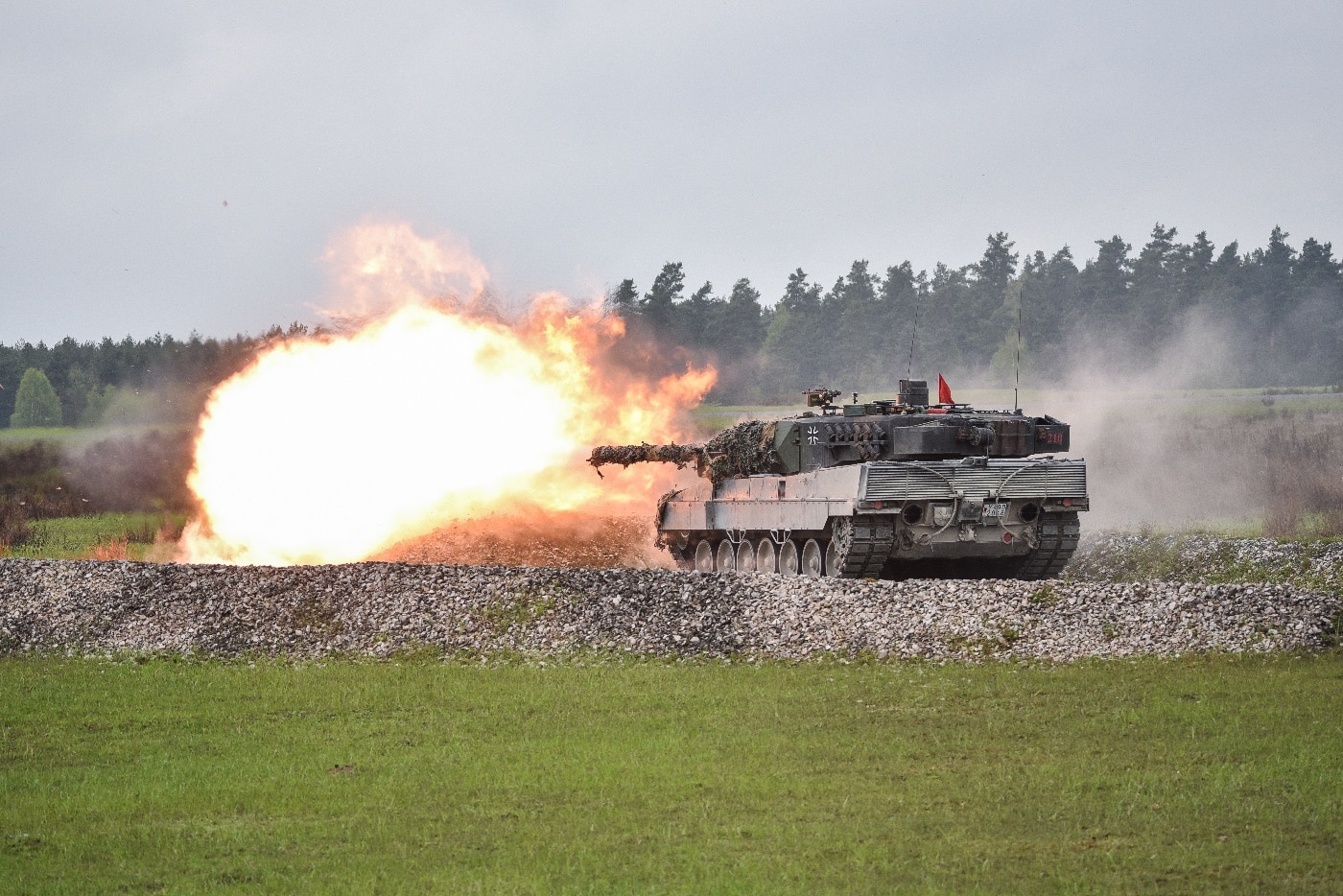
The Leopard 2 has proven to be an extremely potent MBT, easily among the finest of its generation. It has been noted for offering a unique blend of firepower, protection and mobility. First delivered in 1978, it has been radically upgraded over the years — with current models outfitted with laser rangefinders, thermal-imaging, and even amphibious capabilities.
Origins
Long before the Leopard 2 MBTs were provided to Ukraine, West Germany developed its first MBT after being reliant on U.S. tanks throughout much of the Cold War. The original Leopard — known now as the Leopard 1 — was the first German tank produced after the Second World War.
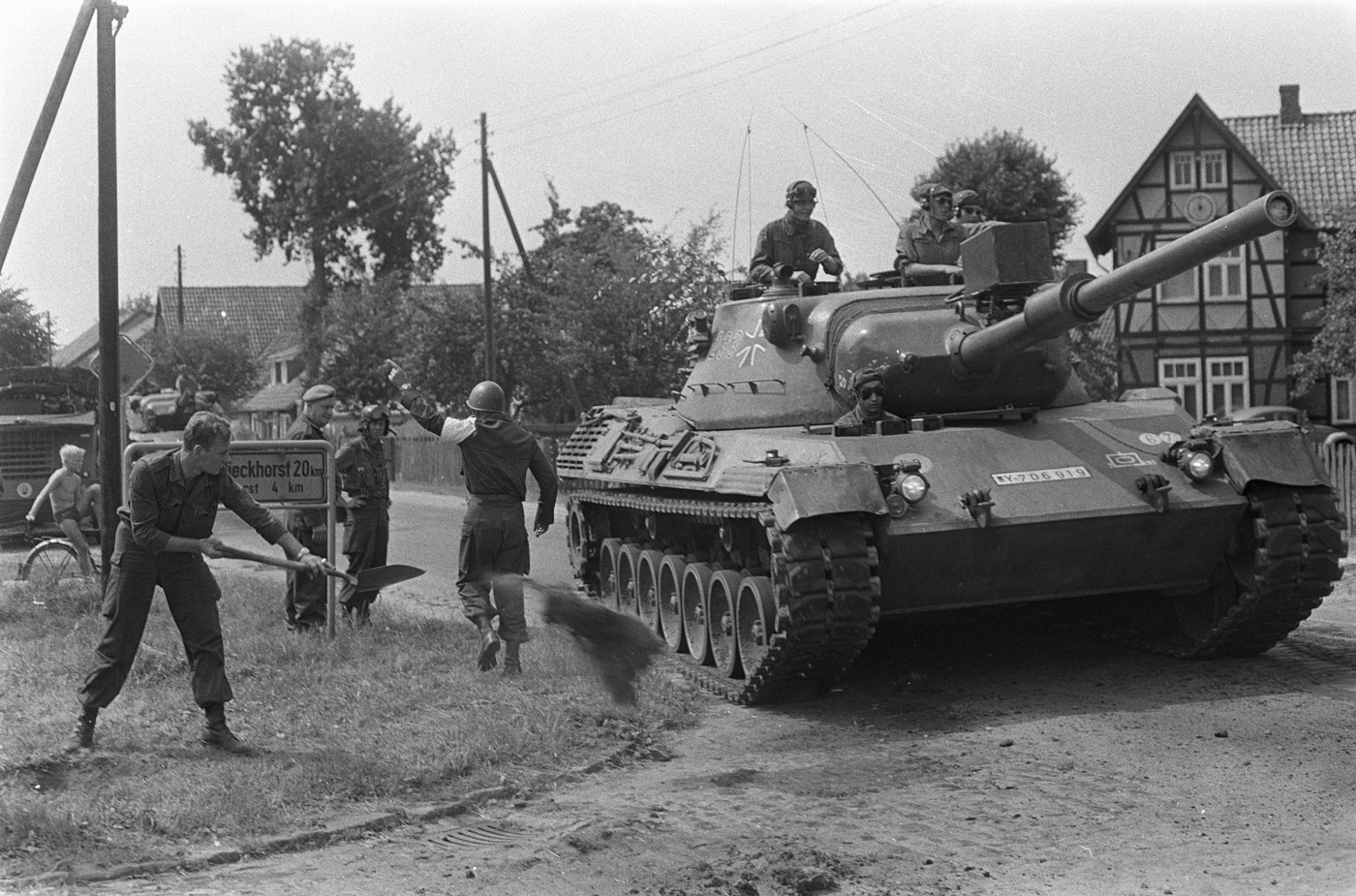
Initially, the development of the Leopard 1 began as a collaborative project in the 1950s between West Germany and France, later joined by Italy. However, the partnership ended shortly after as the three nations sought different needs.
As a result, West Germany moved forward alone with the Standard-Panzer, the program to replace the Bundeswehr’s outdated tanks. The final design that resulted in the Leopard 1 was ordered by West Germany’s Bundeswehr, with full-scale production starting in 1965.
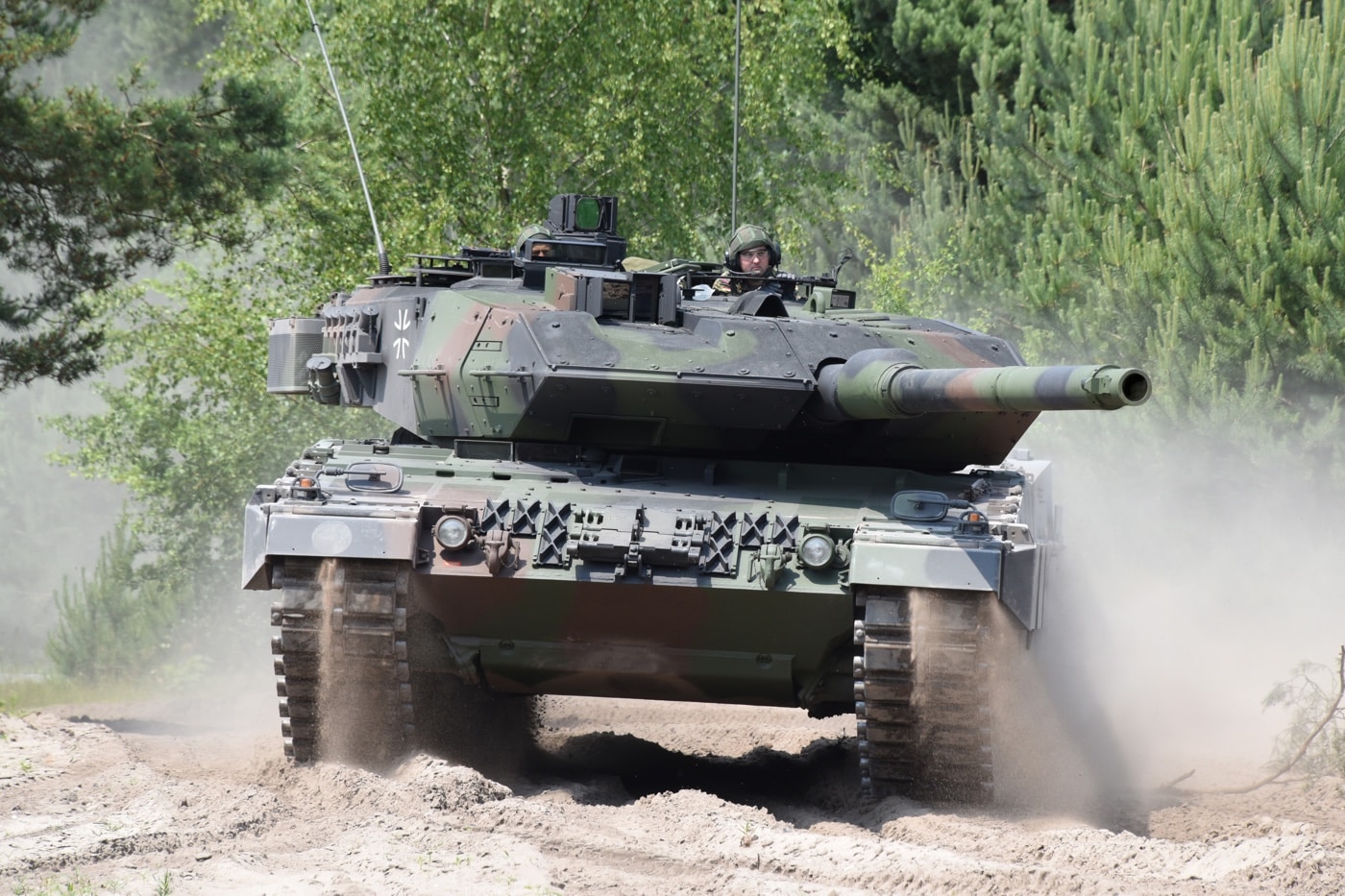
The Leopard 1 proved to be rather more substantial than the original concept had envisaged. It was also an evolutionary step forward from the World War II-era tanks and included a hull with a welded construction with a turret that was cast in a single piece. The tank’s running gear was based on seven medium-size dual road wheels, while its main armament consisted of the British 105mm L7A3 rifle gun.
The Leopard 1 went through a series of evolutions, with some 4,200 MBTs produced in all models. In addition, its chassis was employed in ARVs (armored reconnaissance vehicles) and the Gepard anti-aircraft tank.
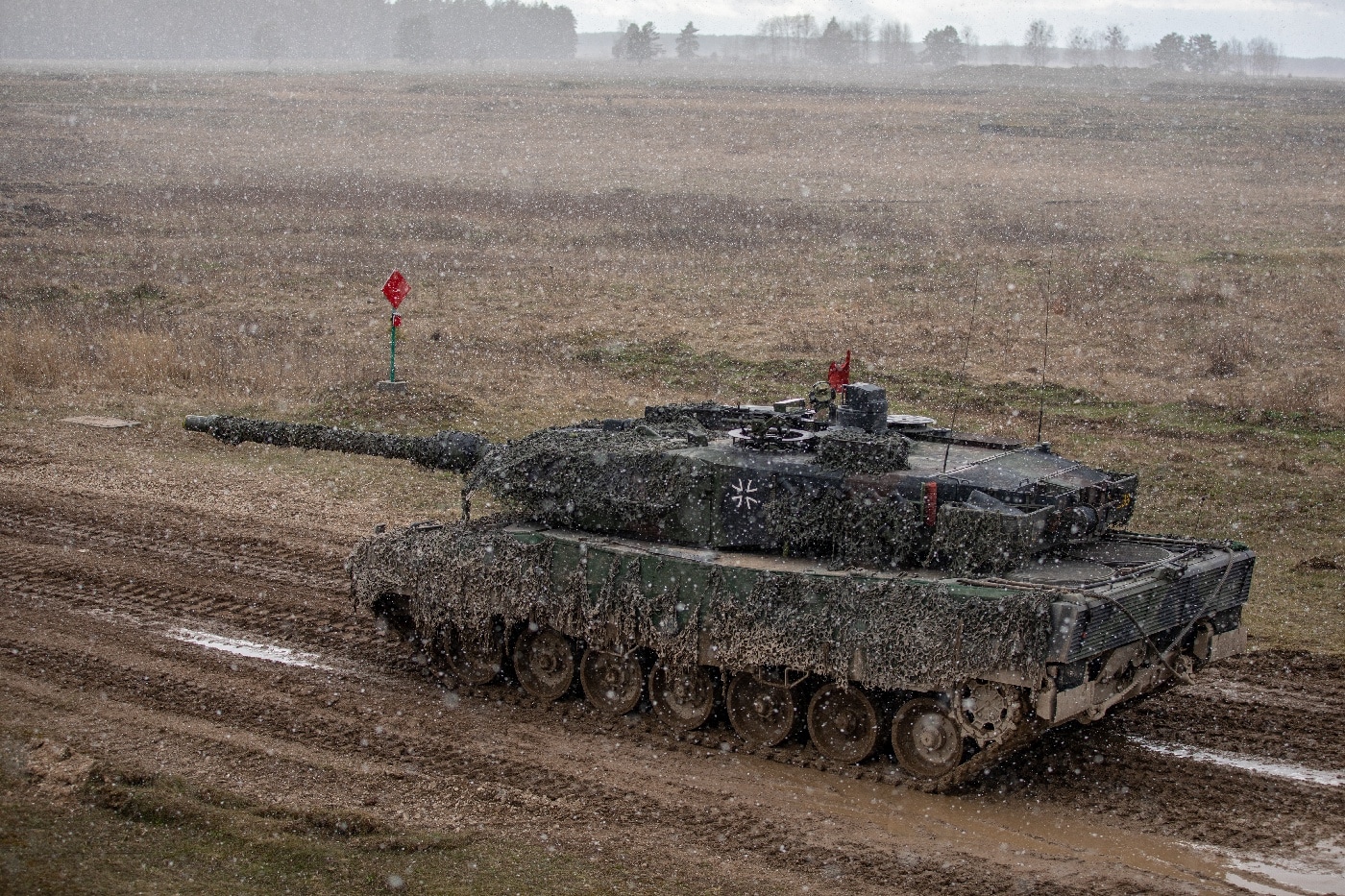
However, even before the evaluation of the prototype Leopard 1 was complete, work had already started on the development of a successor.
Enter, the Leopard 2
It wouldn’t be overly simplistic to suggest that the Leopard 2 began as an offshoot of the canceled joint MBT-70 program between the United States and West Germany in the 1960s. The goal of that program had been to develop a next-generation tank that could counter Soviet MBTs of the era.
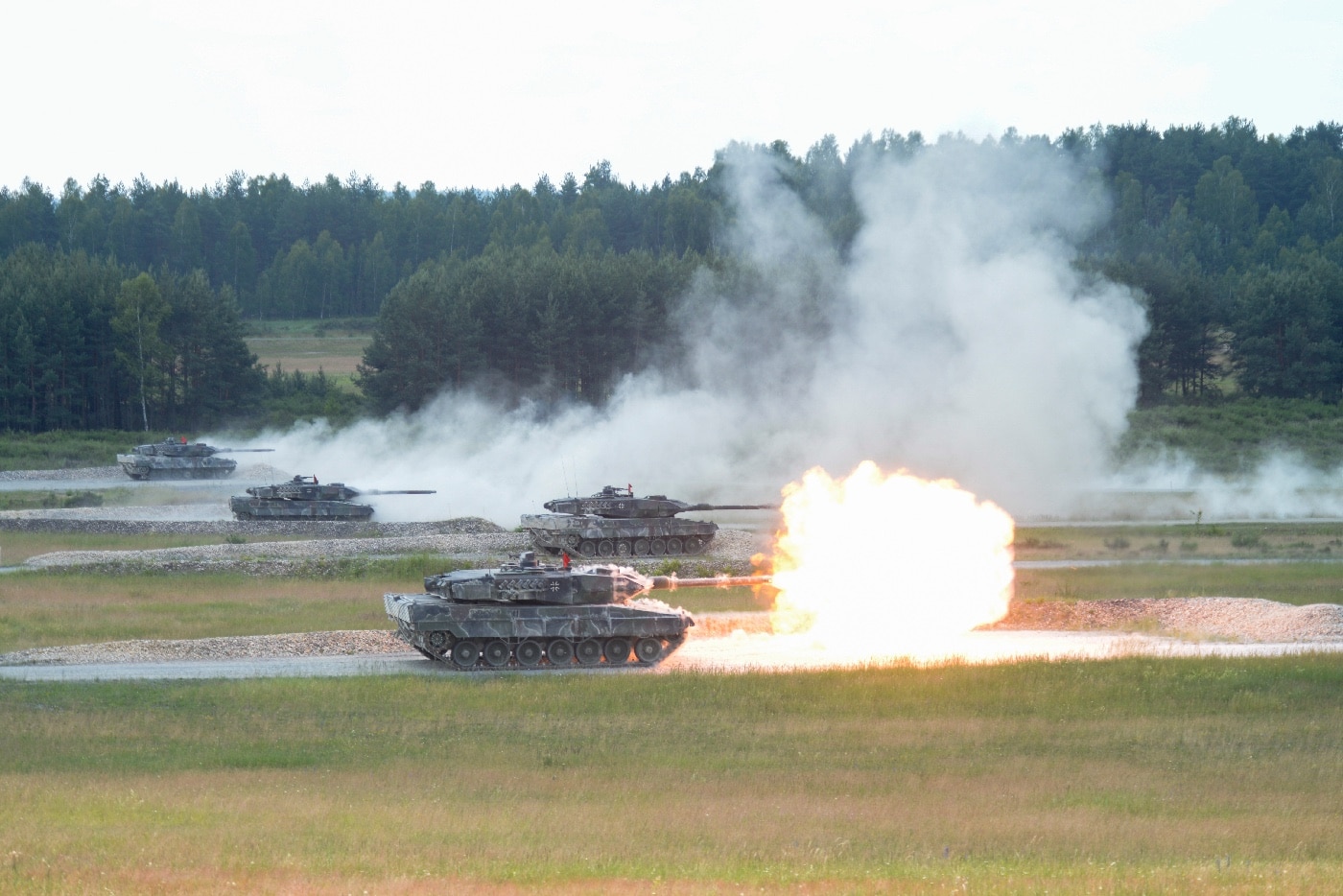
However, the MBT-70 effort was mired by significant challenges from the get-go, including poor communication and coordination between the American and West German teams working on the project — while the bigger issue was the different requirements foreseen by the U.S. Army and the German Bundeswehr. After the issues could not be resolved, in the early 1970s the United States pulled out and redirected its efforts toward the development of the M1 Abrams.
As had occurred with the Leopard 1, West Germany went on to independently develop its successor. At around 55 tonnes, the Leopard 2 was considerably heavier but not that much bigger. The extra weight instead went to improve the armor protection — although for years the exact composition of the armor has remained classified.
The layout of the new MBT was conventional with the driver at the front, while the commander was positioned in the turret with the gunner and loader. The engine and transmission were located at the rear of the hull. Initially developed for the MBT-70, the complete powerpack was designed to be removed in about 15 minutes, easing maintenance. The 1500-hp multi-fuel engine provided the Leopard 2 with a top speed of around 70km/h (43mph), which offered a significant advantage over its predecessor.
The first Leopard 2 prototypes were fitted with a hydropneumatic suspension, but in the end a torsion bar system with friction damping was chosen for the production models. The rest of the running gear was nearly identical to that of the Leopard 1.
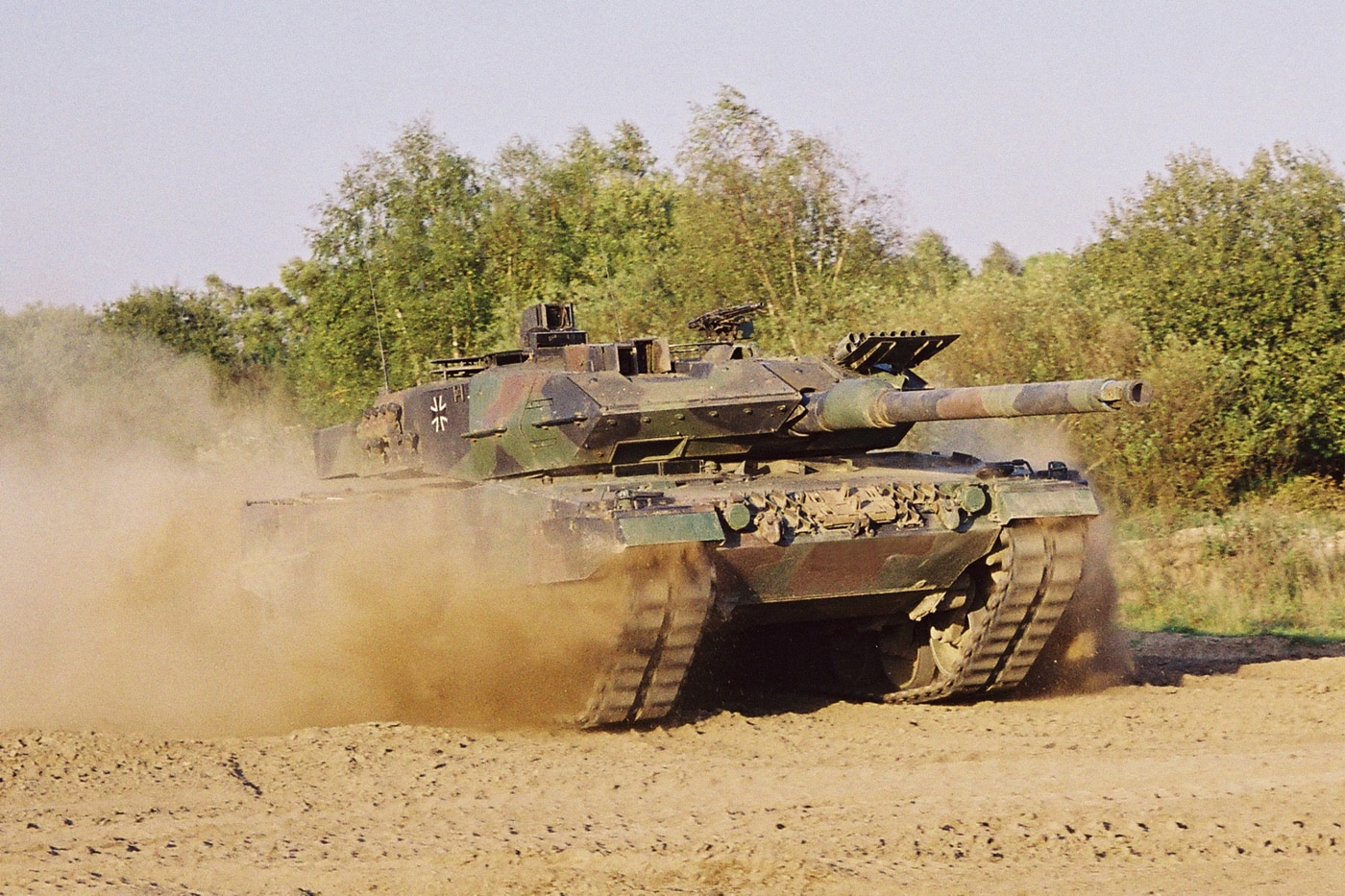
However, the most notable improvement over the Leopard 1 was in its main armament, which consisted of a 120mm smooth-bore gun that was developed by the West German-based Rheinmetall. It was selected as it could accommodate fin-stabilized sub-caliber AP (armor piercing) rounds and HEAT (high-explosive anti-tank) warheads — each of which function better if they do not rotate around their axis in flight. It should be noted that the Americans and French also soon opted for smooth-bore guns, while the British retained the 120mm rifled barrel into the latter stages of the Cold War.
The job of the loader was eased by the use of a hydraulically-assisted loading mechanism, while the fire control system included a combined laser and stereoscopic rangefinder. The gun was also fully stabilized, enabling it to be loaded and fired on the move with a high probability of the round hitting the target.
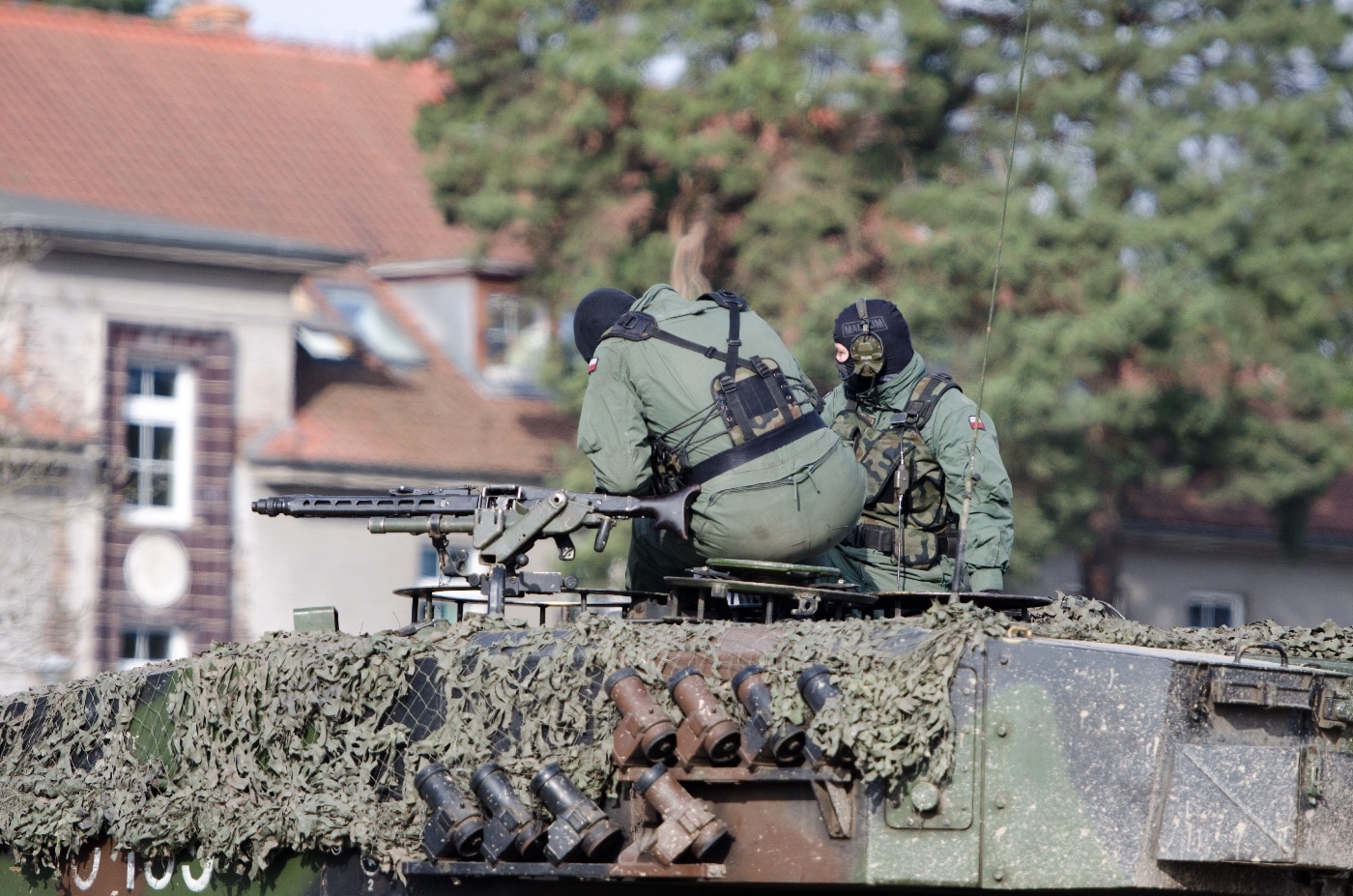
The tank’s secondary armament included a 7.62mm MG3 machine gun (the post-war version of the infamous MG-42) mounted co-axially with the main armament. In addition, another MG3 was installed on the loader hatch for use in an anti-aircraft role.
Steadily Improved and Upgraded
The Leopard 2 first entered service in 1978, and much like the Leopard 1, the Leopard 2 underwent successive upgrades that included the latest refinements of the day. It is beyond the scope of a single article to denote the more than four decades of enhancements, but it should be noted that the most widespread version of the Leopard 2 family was the 2A4 model — produced in eight batches between 1985 and 1992.
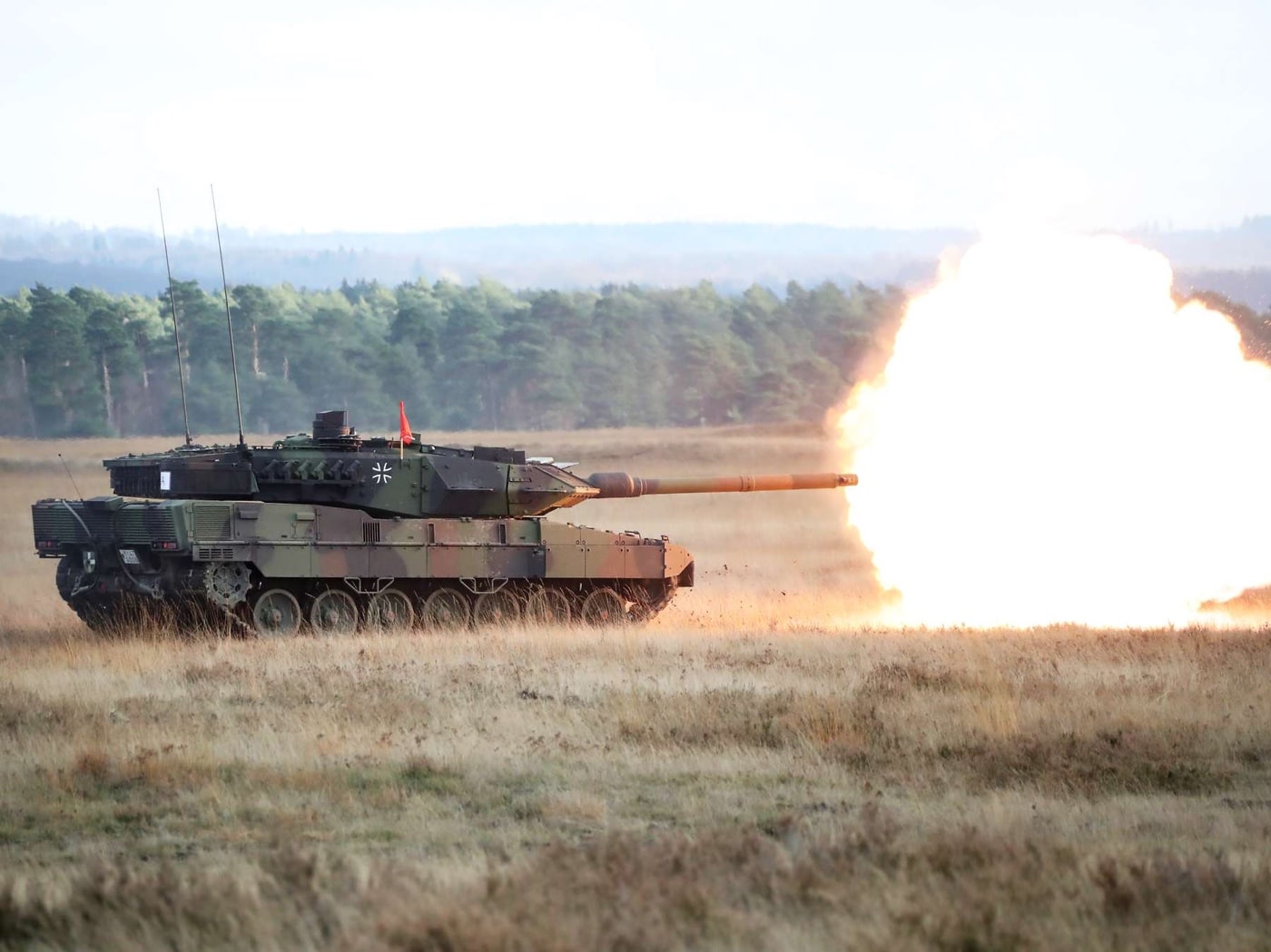
The Leopard 2A4 was equipped with an automated fire and explosion suppression system, an all-digital fire control system able to handle a variety of new ammunition types, while it was outfitted with a new improved turret with flat titanium/tungsten armor. According to German military sources, nearly all of the previous models were upgraded to the 2A4 standard.
Development has continued enough that the newest variants are essentially a generational leap forward in capabilities.
The further improved Leopard 2A7+ that is now in widespread service was developed to operate in both low-intensity and high-intensity conflicts. Its protection has been increased by modular armor, with its frontal protection enhanced with a dual kit on the turret and hull front to counter RPGs and mines — increasing the survivability in urban operations. The turret-mounted MG3 was also replaced with a stabilized FLW 200 remotely controlled weapons station, while the tank’s mobility, sustainability, and situational awareness have all been further improved.
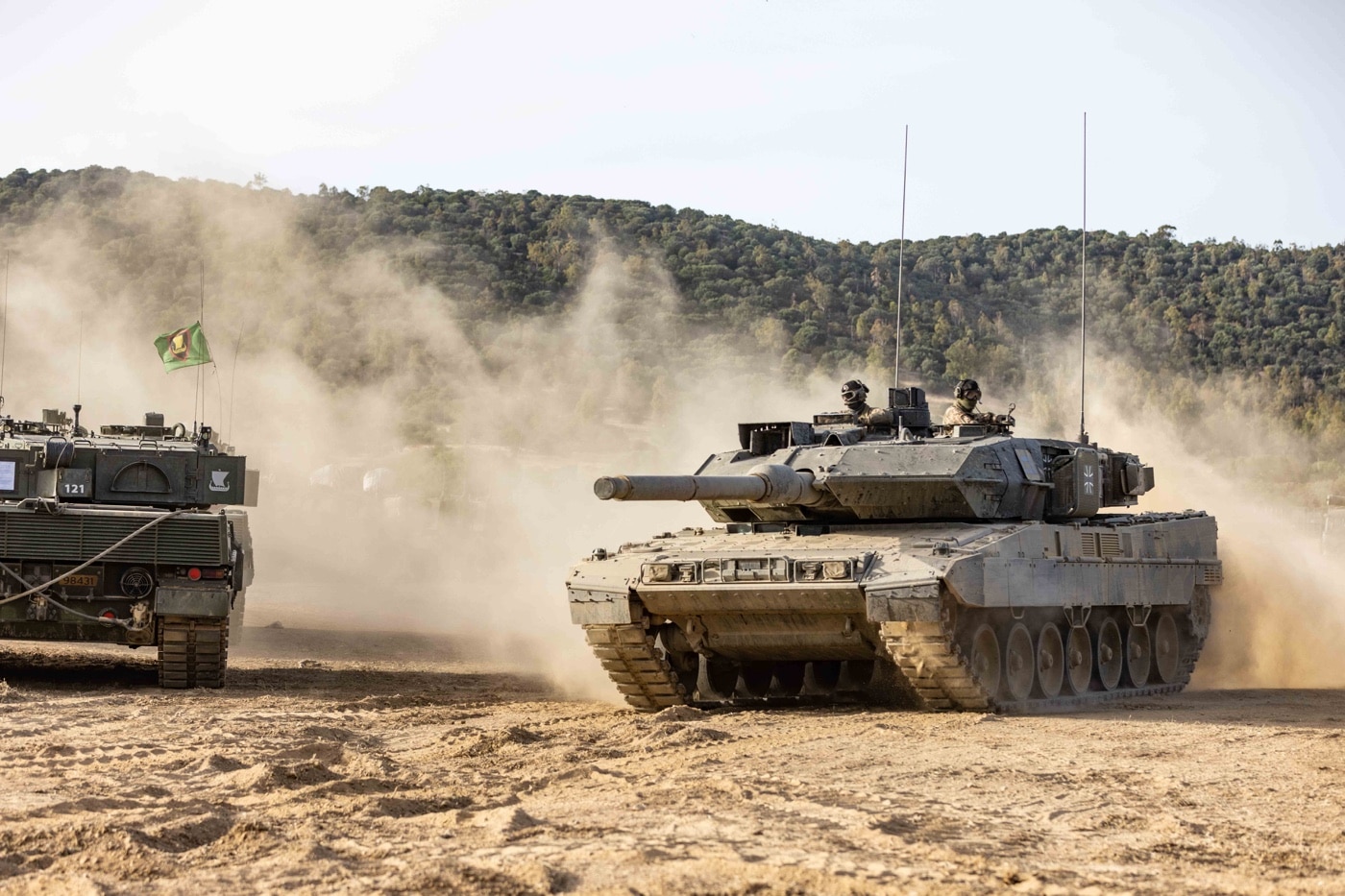
Other enhancements to the Leopard 2A7+ include passive all-round protection for the crew from threats such as IEDs, mines or anti-tank fire; crew compartment cooling systems in turret and chassis and additional performance-enhanced power generator for checkpoint missions; and an exterior telephone for dismounted forces. A combined driver night vision (thermal imager/low light amplifier) provides front and rear view, while the improved optronics (day/night) allows for greater reconnaissance over medium range distances.
Foreign Use and Combat History
The Leopard 2 in various configurations has been adopted by nearly two dozen NATO members and partner nations around the world. Though developed for a war in Western Europe against Soviet forces, the Leopard 2 was first employed in peacekeeping operations in the late 1990s in Macedonia, Kosovo, and Bosnia and Herzegovina.
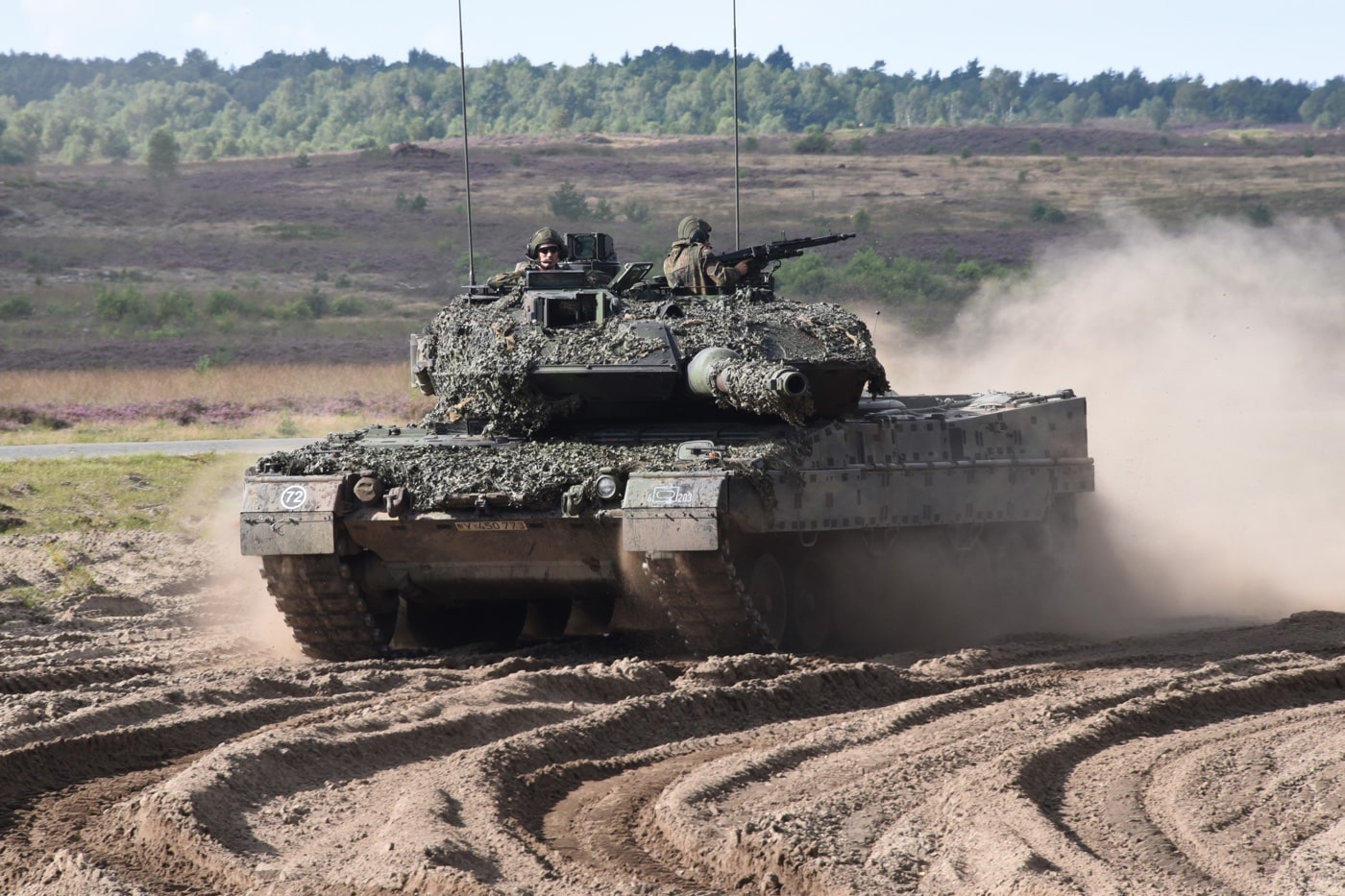
During the deployments to the former Yugoslavia, the German-made MBTs regularly participated in various operations and activities, and there are several accounts of the Leopard 2 coming under enemy fire. Yet, as the enemy soldiers didn’t have serious anti-tank weapons, not a single one of the German tanks was lost. In June 1999, 28 Leopard 2A5 tanks from the Bundeswehr were transferred to the KFOR (Kosovo Force) structure, designed to stabilize the situation in Kosovo. Those tanks were deployed in the city of Prizren and at least one was struck by sustained small-arms fire, yet the damage was little more than chips on the paint.
The first Leopard 2 to be lost in combat occurred during the NATO operation in Afghanistan, which began following the terrorist attacks on 9/11. In the course of fighting against the Taliban, three Canadian Leopards were lost, while another 15 Canadian Leopards along with six Danish Leopard 2s were disabled but repaired. Denmark’s tank unit also earned high praise from other NATO partners.
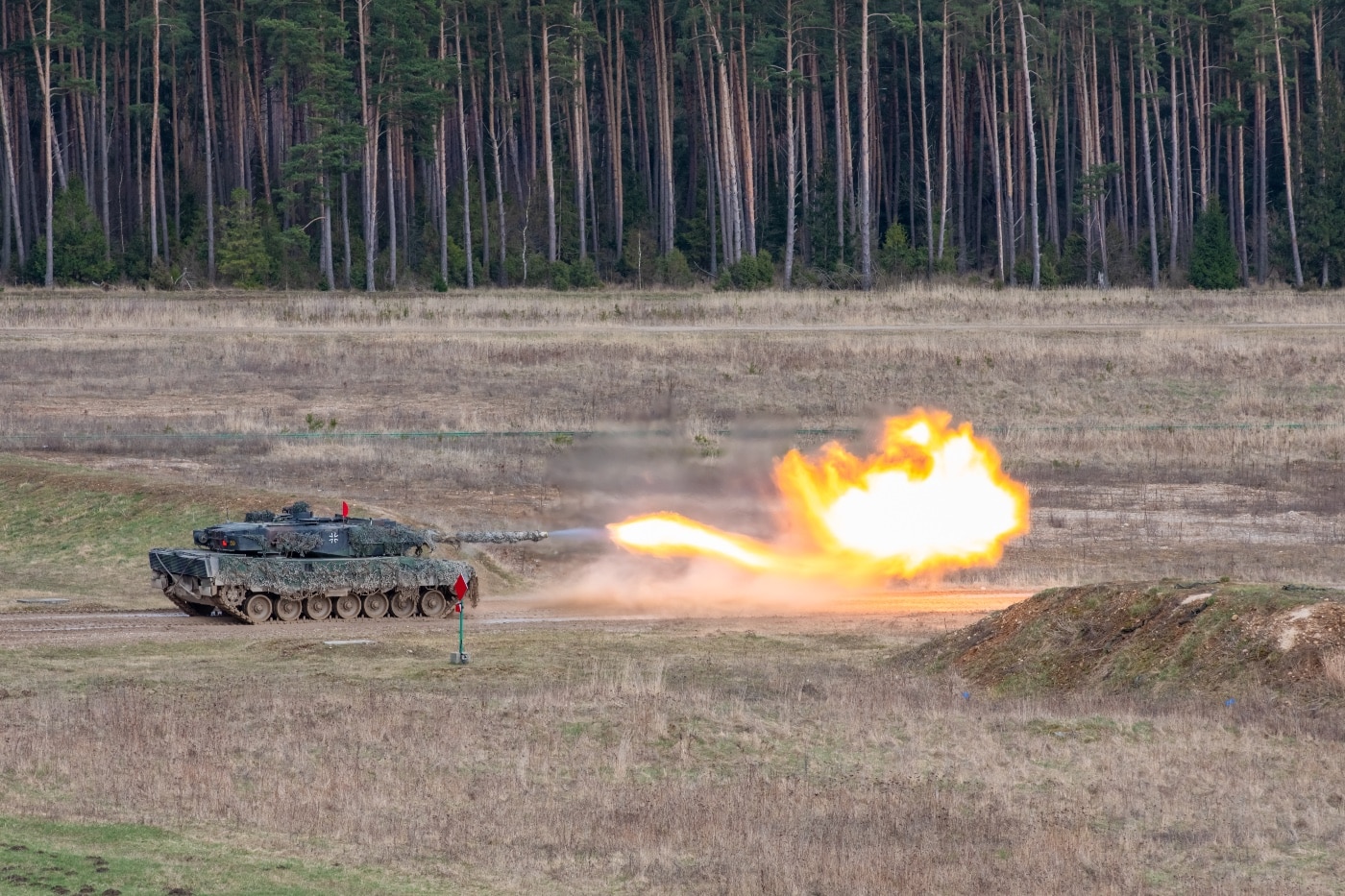
As of August 2023, Ukraine had received more than 70 Leopard 2 tanks from Western militaries, including close to a whole battalion from Poland. Despite the losses, the Leopard 2 has proven to be a capable MBT in the ongoing fighting. The biggest criticisms have been in how different the tank is from the Soviet designs the Ukrainian military was trained on.
The Leopard 2 is finally engaging the Kremlin’s forces, but with Ukrainian crews — and in some of the lands where German and Soviet tanks battled during the Second World War. By most accounts, the Leopard 2 is a worthy successor to the Tiger and Panther heavy tanks that last fought against the best Moscow had to offer.
Editor’s Note: Please be sure to check out The Armory Life Forum, where you can comment about our daily articles, as well as just talk guns and gear. Click the “Go To Forum Thread” link below to jump in and discuss this article and much more!
Join the Discussion
Continue Reading
Did you enjoy this article?

 77
77





